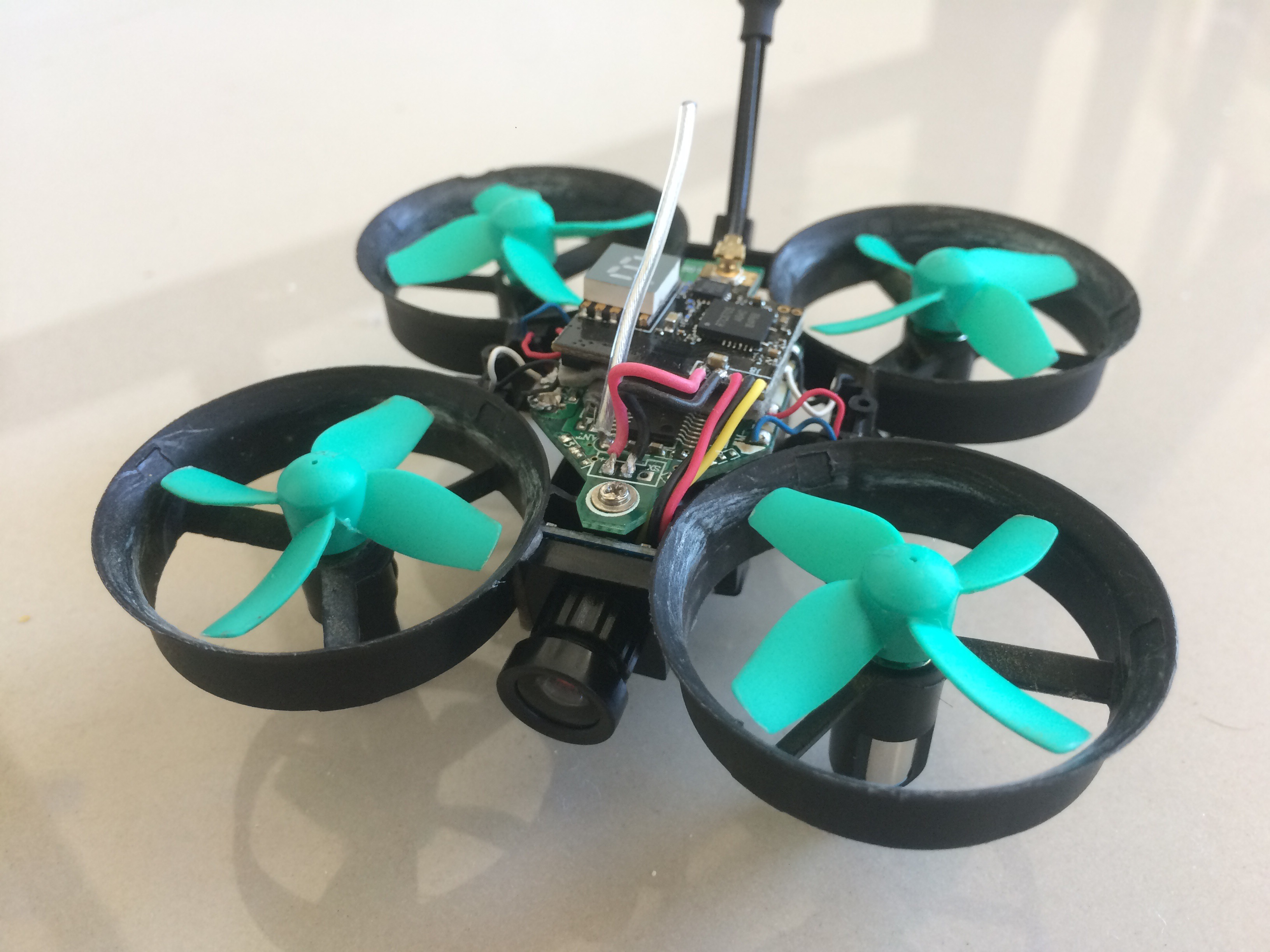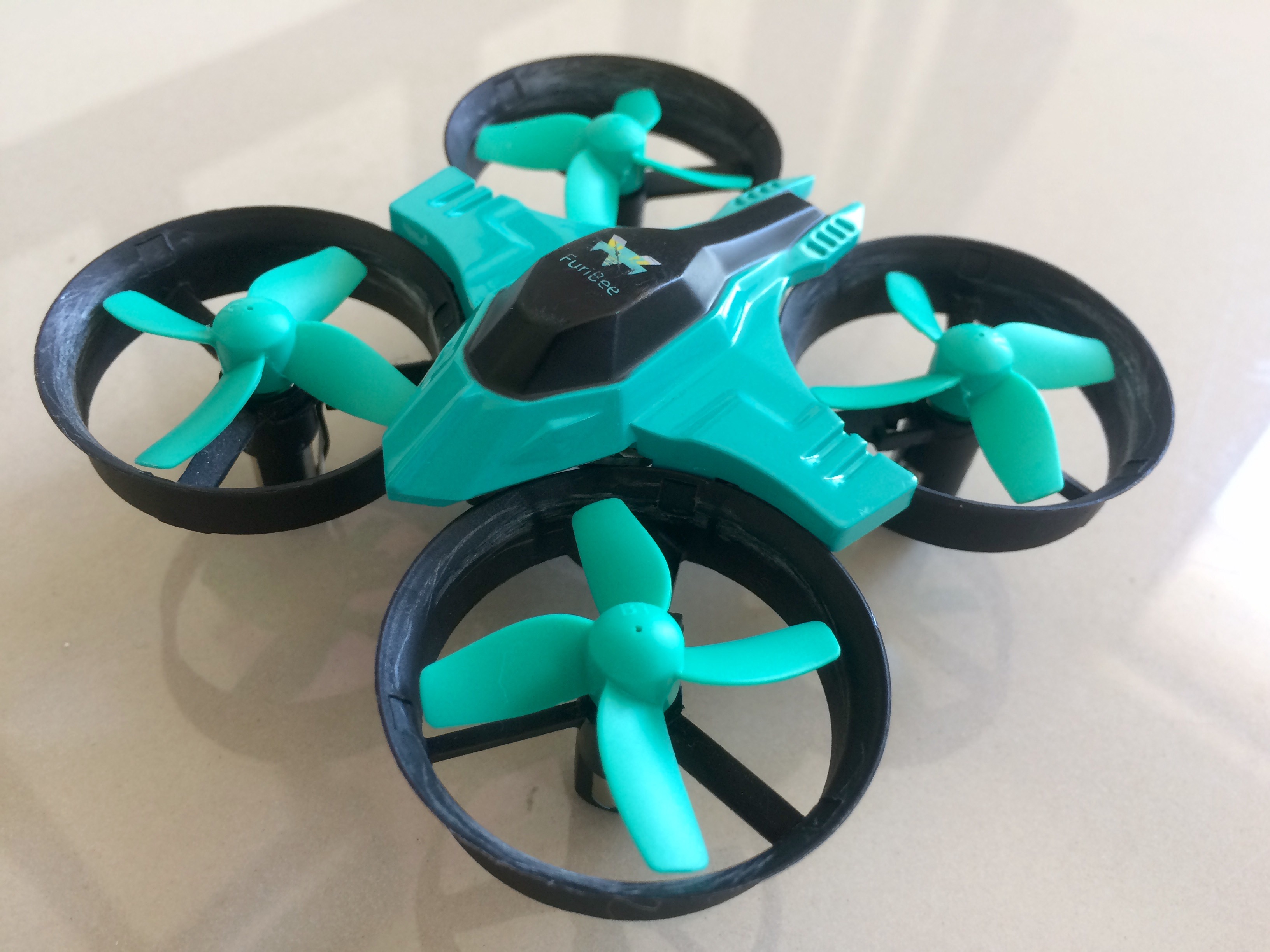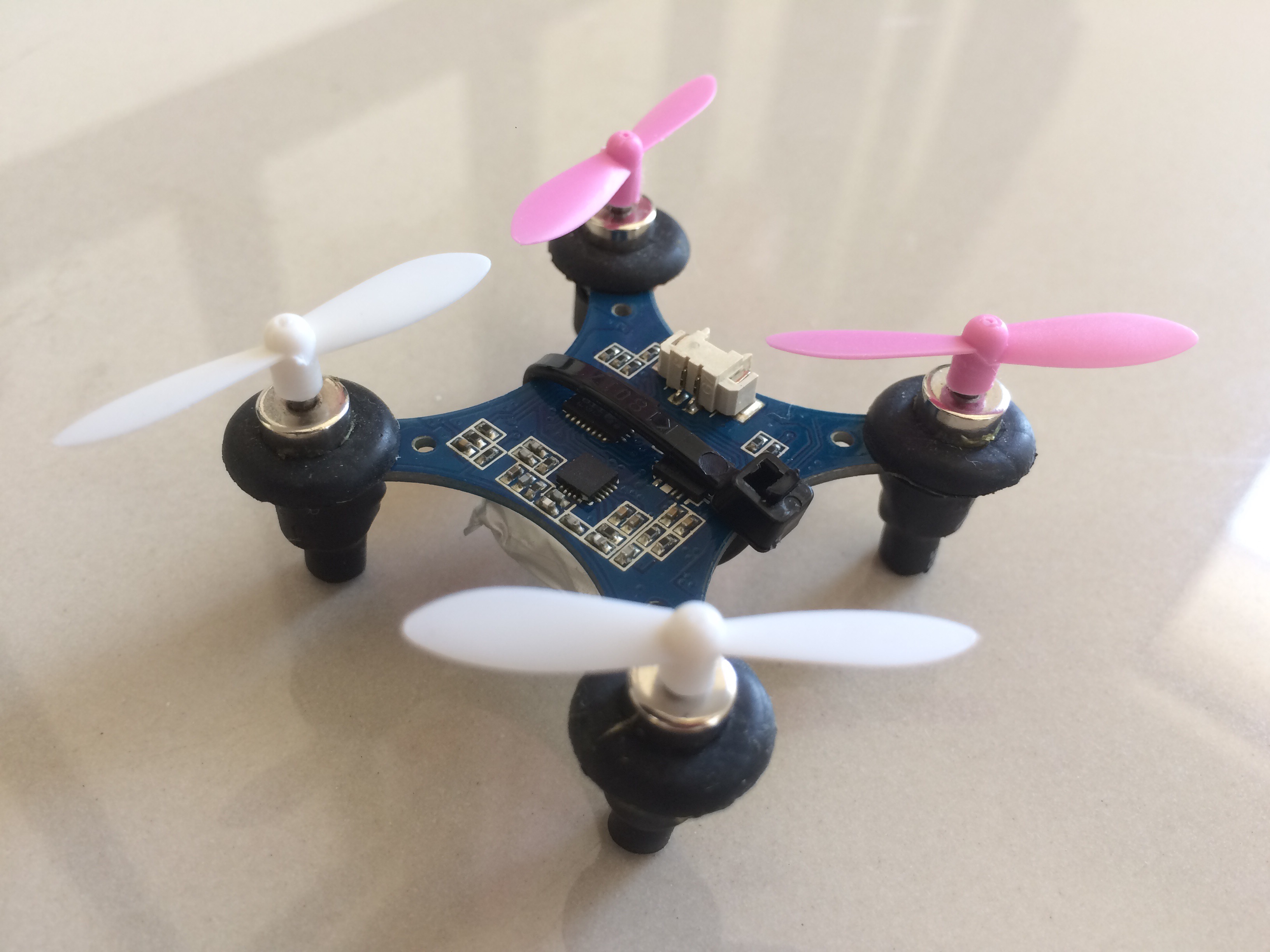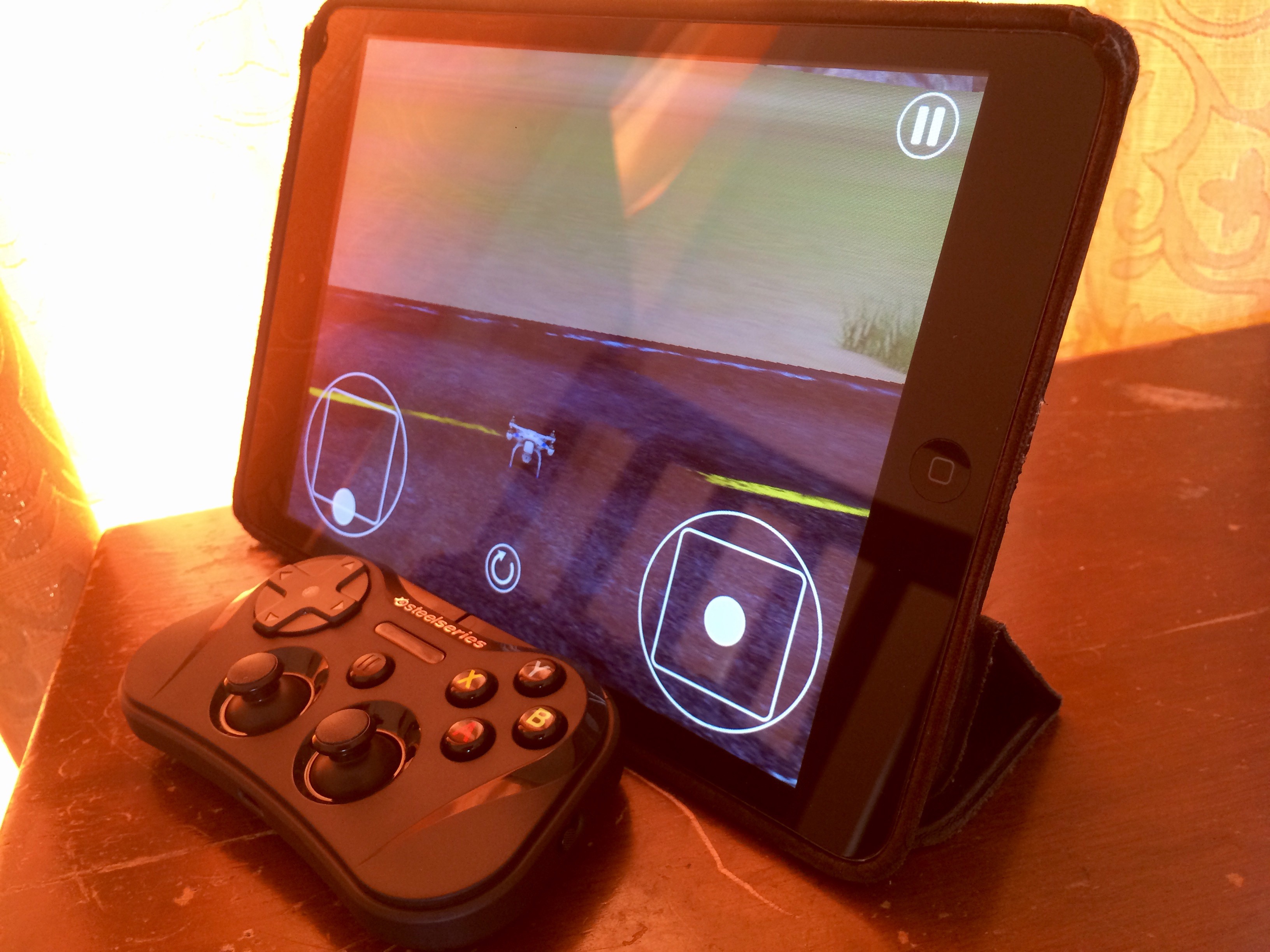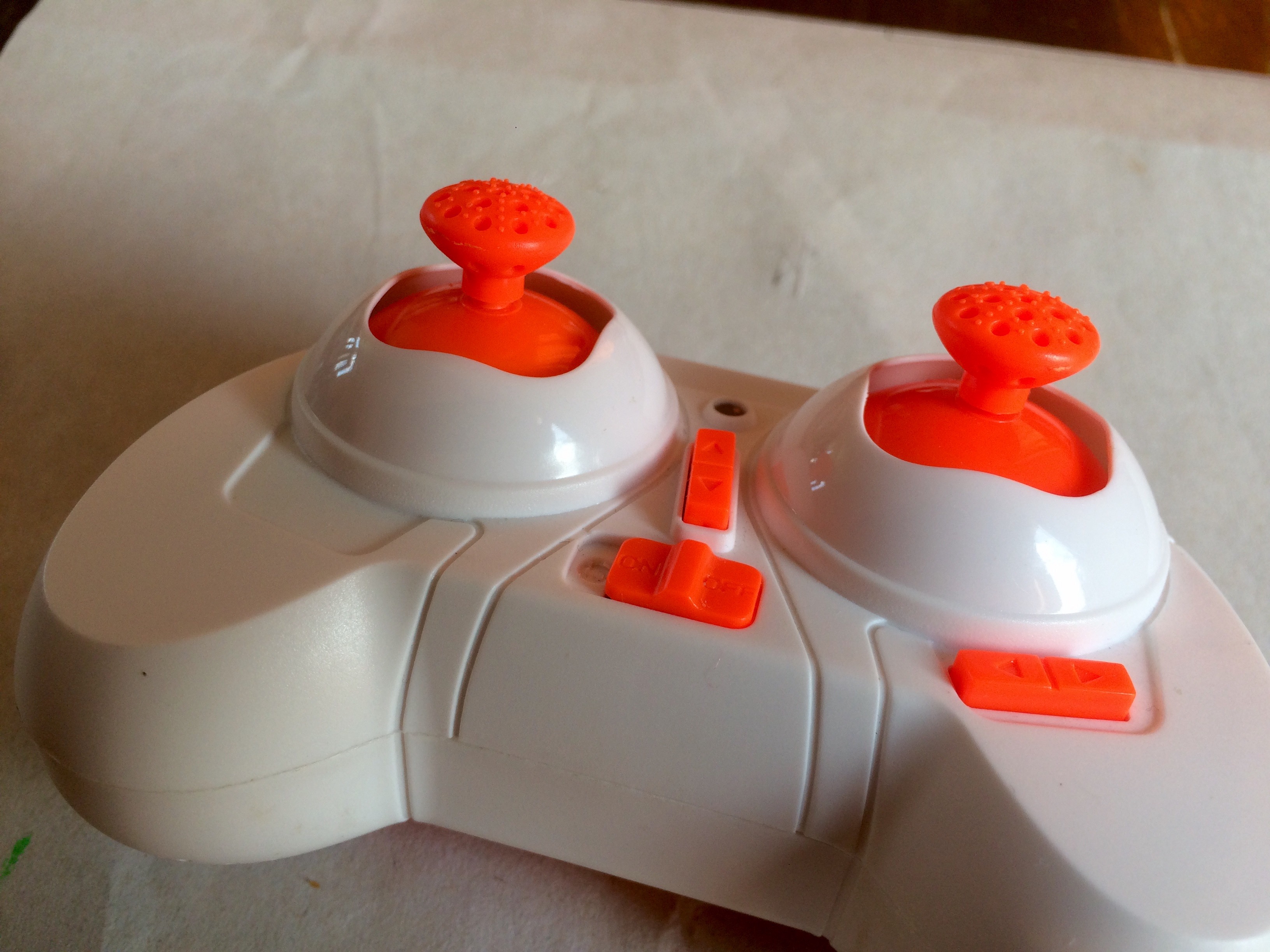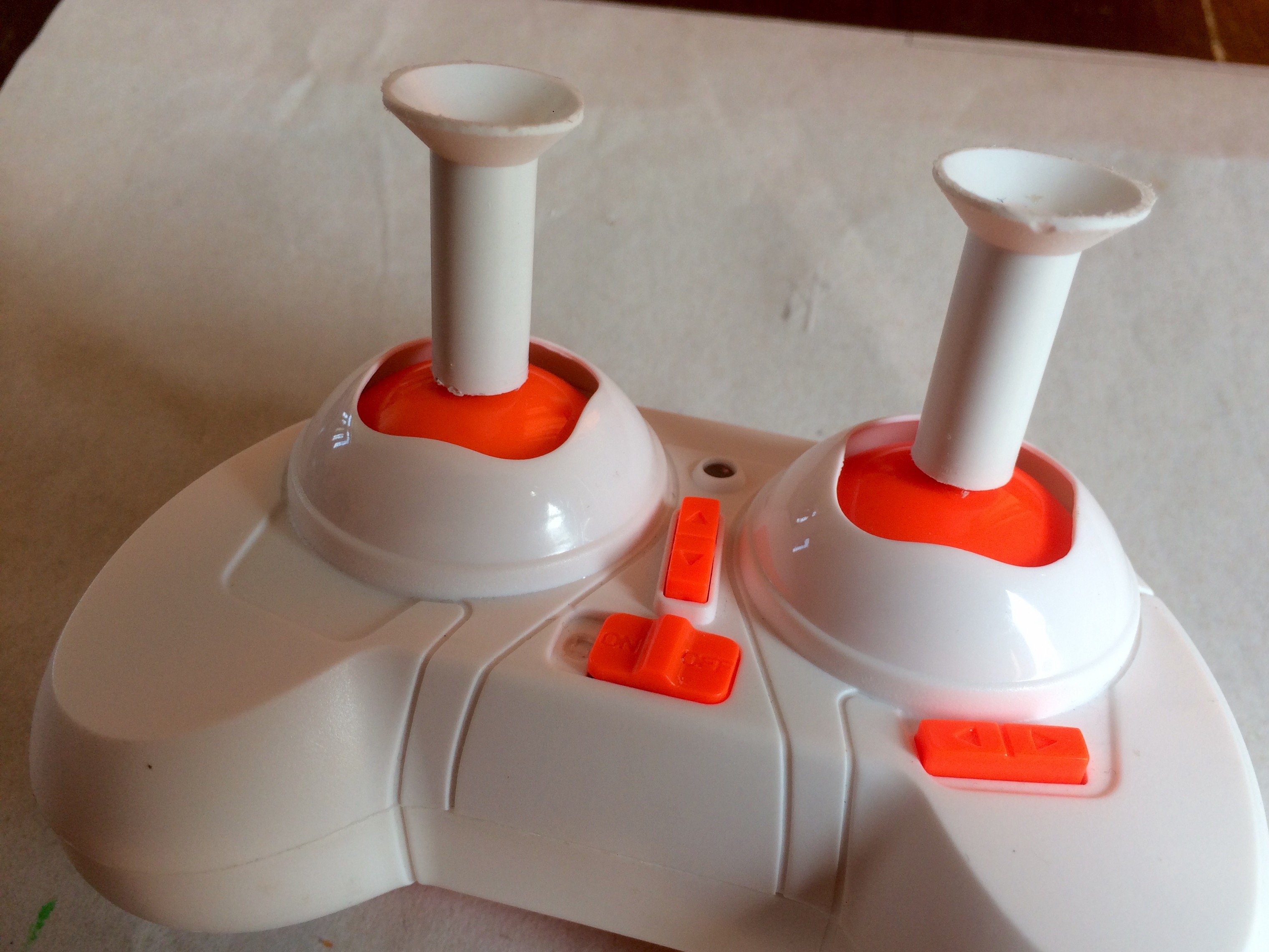The Tiny Whoop is essentially a Blade Inductrix with the canopy removed and a tiny camera mounted on top. Thus, it’s a natural evolution for the Furibee F36 and other Blade Inductrix clones. But I don’t like the top-mounted camera, so I decided on a low-profile underslung camera build.
It’s a bit of an understatement to say that the Cheerson CX-10 got me hooked into quadcopters. My browsing sites and watching videos eventually led me to the Furibee F36.
The F36 is a clone of a very popular [primarily] indoor quadcopter called the Blade Inductrix whose most distinct feature are the ducted fans (hence Inductrix). Of course, being very popular, it was just a matter of time before the clones came out. There’s the the Eachine H010, the Nihui NH010, JJRC H36, and the Furibee F36.
The F36 is a bit different in that it’s got a bit more power (or punch) than the others mentioned above. I’ve been flying this quad a lot lately and you certainly can feel it. It’s very stable and docile when you’re gentle with the sticks. But if you’re not careful, it becomes fast and furious (hence Furibee).
This is especially true in speed 2 where it pitches forward deeper, banks deeper and turns on a dime. You better be ready to handle it or you’re in for quite a few crashes. Luckily, the ducts act as prop guards so it’s quite a durable quadcopter. The ducts also limit damage or injury to whatever or whoever you crash into. This makes it probably the best quadcopter for indoors use.
Outdoors, the F36 struggles against the wind due to its light weight and the relatively large surface area of its ducts. But if there is little to no wind, you can definitely as have much fun outdoors as you have indoors.
Flight time is 4-5 minutes and batteries recharge in about 30 minutes. But they are removable so with a few batteries, you can fly for quite a while. Of course, as much as you won’t want to, you’ll have to let the motors cool down eventually.
If you’re interested in quadcopters or you want to try it out, I highly recommend getting the Furibee F36. Plus a few batteries.
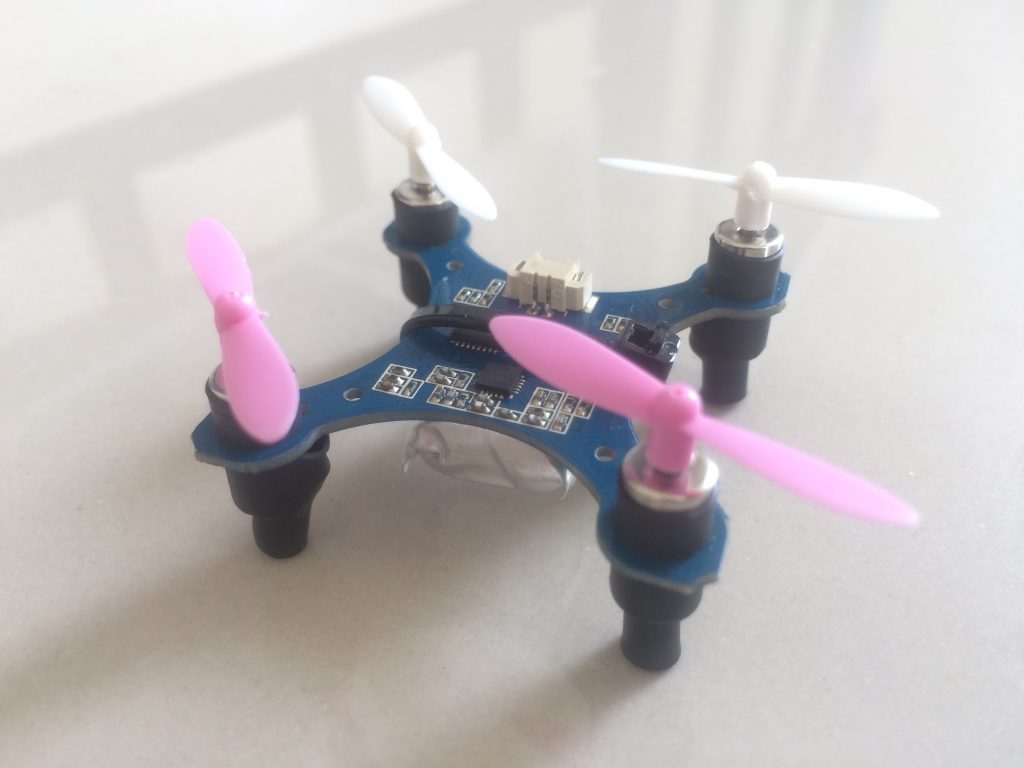
One of my CX-10’s motors died. When Idriz heard about it, he gave me his old CX-10 for parts. It came disassembled with the body shell off, and no props.
While testing, I found out that the battery seems fine and only one motor is dead. Closer inspection of the dead motor revealed that it’s just one of the wires. I soldered the wires together, added shrink tubing to the motors, zip-tied that battery, and added props. Definitely looks badass, especially with the pink props!
Thanks Idriz!
UPDATE 3/10/2017: The shrink tubing at the top couldn’t prevent the motors from twisting and eventually severing motor wires. So I replaced them with rubber motor grommets aka wiring grommets that I found at True Value.
Nothing beats actually flying a quad but charging, even 30 minutes in the case of the Cheerson CX-10, is sometimes just seems too long. And picking up the quad to right it after crashes, although good exercise, can get tiring. So the next best thing? Simulators.
I have a Steelseries Stratus lying around and it’s just a little bit smaller than the CX-10’s controller. Unfortunately, it can’t be used on the MacBook Pro so I have to find something for the iPad mini that supports MFI controllers.
After some searching I found RealFlight Mobile. It’s the mobile version of RealFlight, supposedly the most detailed and powerful simulator on the market
It’s free but unfortunately, it initially comes only with fixed wing aircraft so I had to in-app purchase a quadcopter model (looks suspiciously looks like a DJI Phantom).
The controller “sticks” of my Cheerson CX-10 is rather short. So I fashioned extended sticks from ballon cups I picked up from a kiddie party.
What a huge difference! The longer sticks translate your input to smaller angles so the quad is not as twitchy and abrupt as before.
